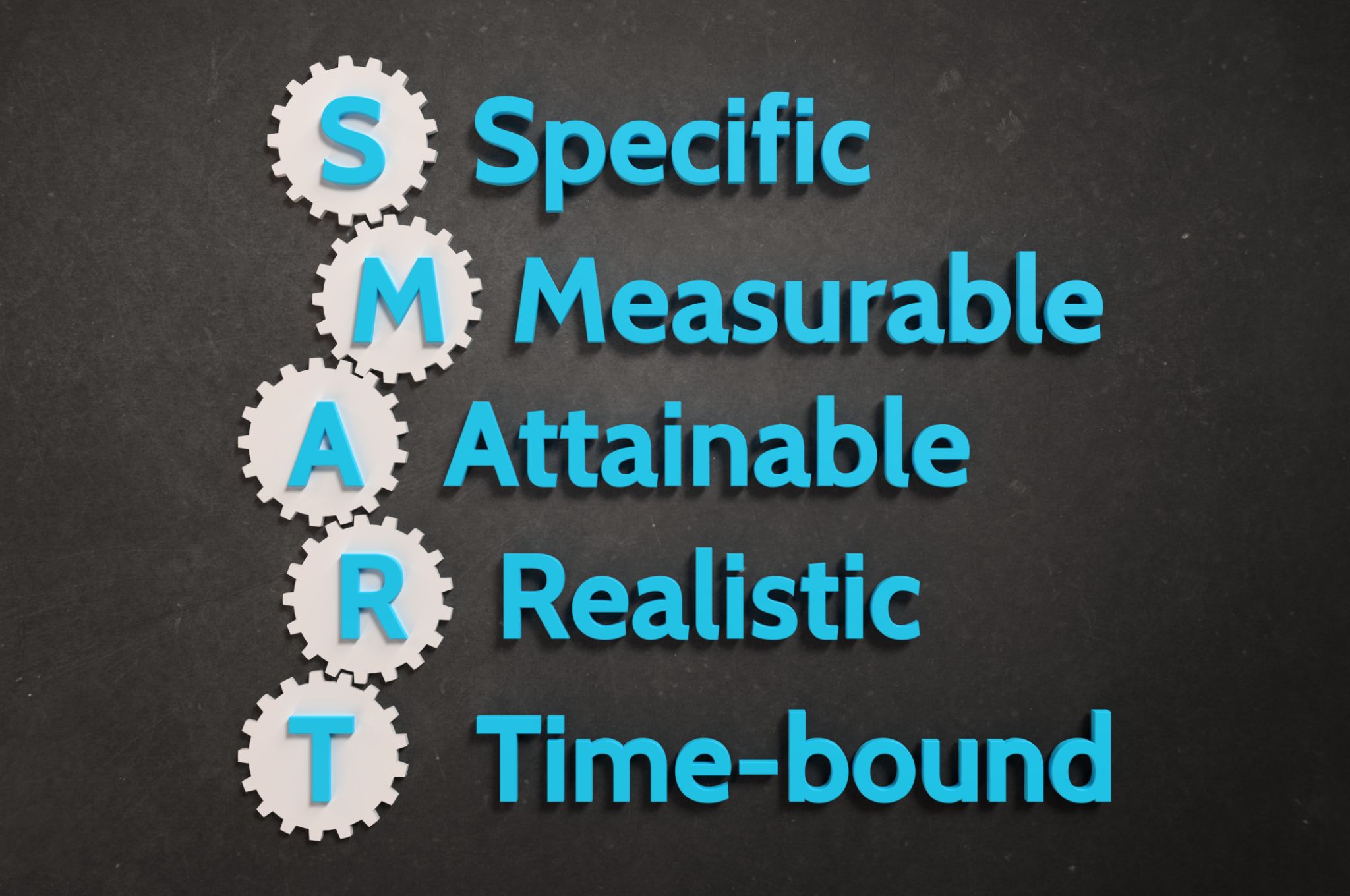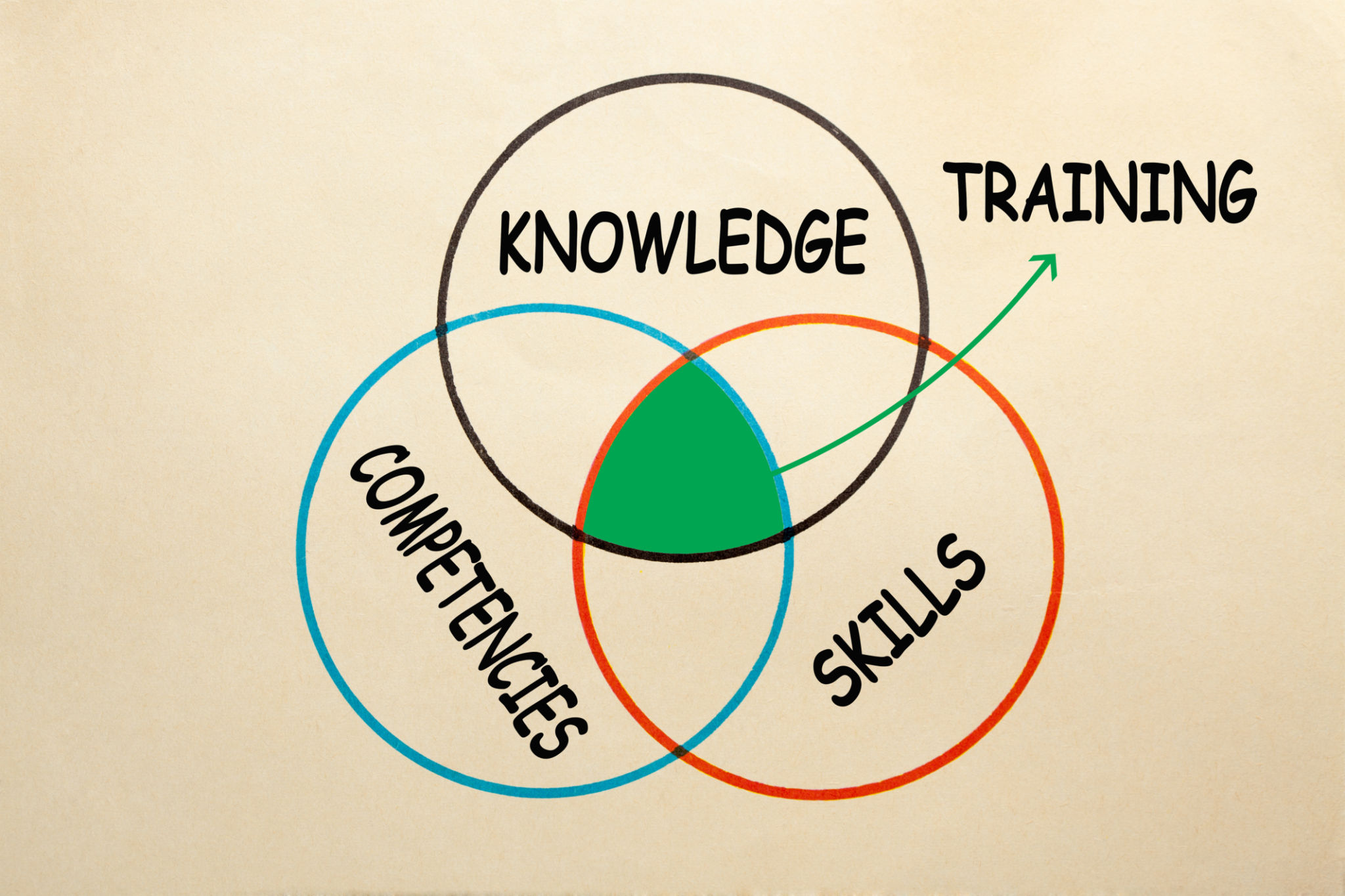10 Key Principles of Effective Instructional Design
Introduction to Instructional Design
Instructional design is a crucial component in the creation of effective educational experiences. It involves the systematic development of instructional materials and experiences that facilitate the acquisition of knowledge and skills. To craft effective instructional content, designers must adhere to certain principles that guide their work. These principles ensure that the learning process is engaging, efficient, and effective.

Understand the Learner
The first principle of instructional design is to understand the learner. This involves identifying the target audience and analyzing their needs, backgrounds, and learning preferences. By gaining insights into the learners, instructional designers can tailor content that resonates with them and addresses their specific needs. Knowing your audience is the foundation of effective instructional design.
Conducting a Needs Analysis
A needs analysis helps in identifying the gap between current knowledge and desired outcomes. This process involves gathering data through surveys, interviews, and observations to understand what learners need to achieve. By conducting a thorough needs analysis, instructional designers can ensure that the instructional materials are relevant and aligned with learners' goals.
Set Clear Objectives
Setting clear and measurable objectives is essential for guiding the instructional design process. Objectives provide a roadmap for both the designer and the learner, outlining what is expected to be achieved by the end of the learning experience. These objectives should be specific, measurable, achievable, relevant, and time-bound (SMART).

Aligning Content with Objectives
Once objectives are established, it is crucial to align the content with these objectives. This ensures that all instructional materials and activities are focused on helping learners meet the desired outcomes. By maintaining this alignment, instructional designers can create a cohesive and purposeful learning experience.
Engage Learners Actively
Active engagement is a key principle in effective instructional design. Learners are more likely to retain information and develop skills when they are actively involved in the learning process. This can be achieved through interactive activities, discussions, simulations, and problem-solving exercises. Engagement fosters a deeper understanding and encourages learners to apply what they have learned.
Incorporating Multimedia Elements
Utilizing multimedia elements such as videos, animations, and graphics can enhance learner engagement. These elements cater to different learning styles and make the learning experience more dynamic and appealing. However, it is important to use multimedia judiciously to support, rather than distract from, the learning objectives.

Provide Feedback and Assessment
Feedback and assessment are integral to the instructional design process. They help learners understand their progress and identify areas for improvement. Effective feedback should be timely, specific, and constructive, guiding learners toward achieving their learning goals. Assessments, both formative and summative, provide valuable insights into the effectiveness of the instructional design.
Continuous Improvement
Instructional design is an iterative process that benefits from continuous improvement. By collecting and analyzing feedback from learners and educators, designers can refine and enhance the instructional materials. This ongoing process ensures that the learning experience remains relevant and effective over time.
By adhering to these key principles of instructional design, educators and instructional designers can create impactful learning experiences that facilitate knowledge acquisition and skill development. These principles serve as a guiding framework for designing instructional materials that are both engaging and effective.
